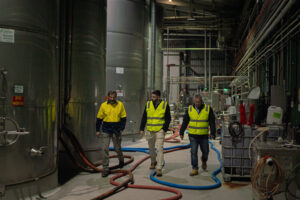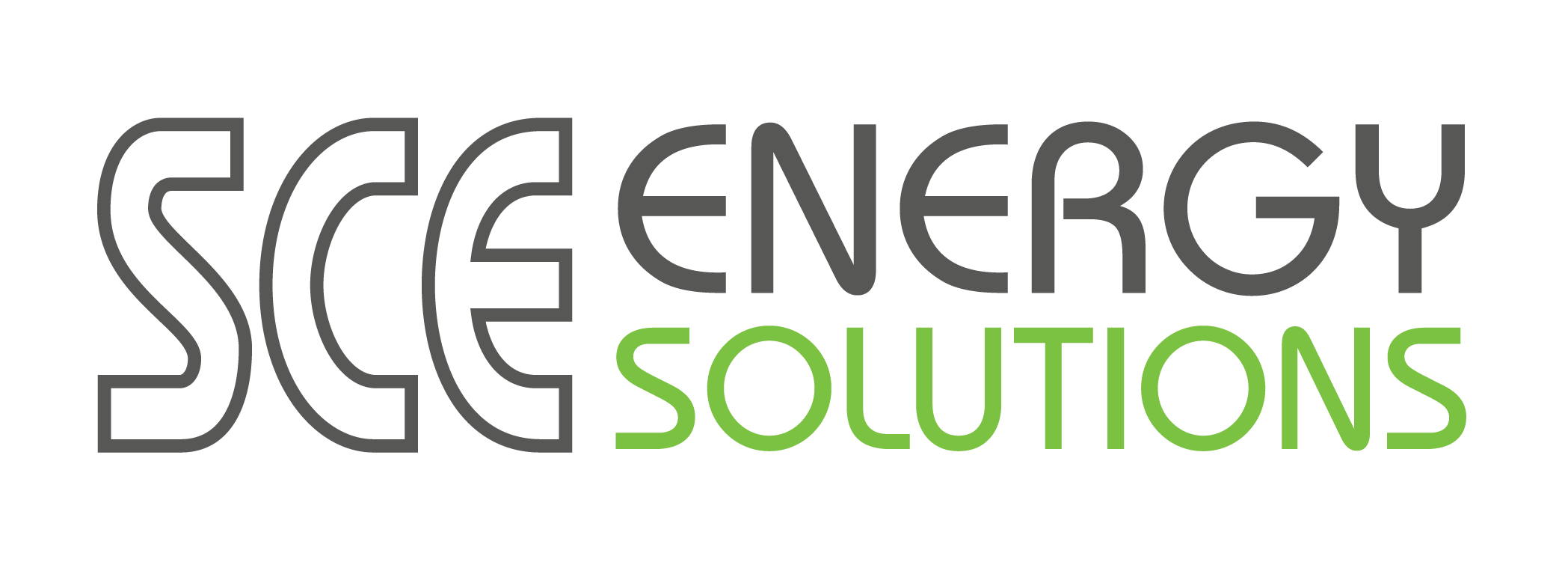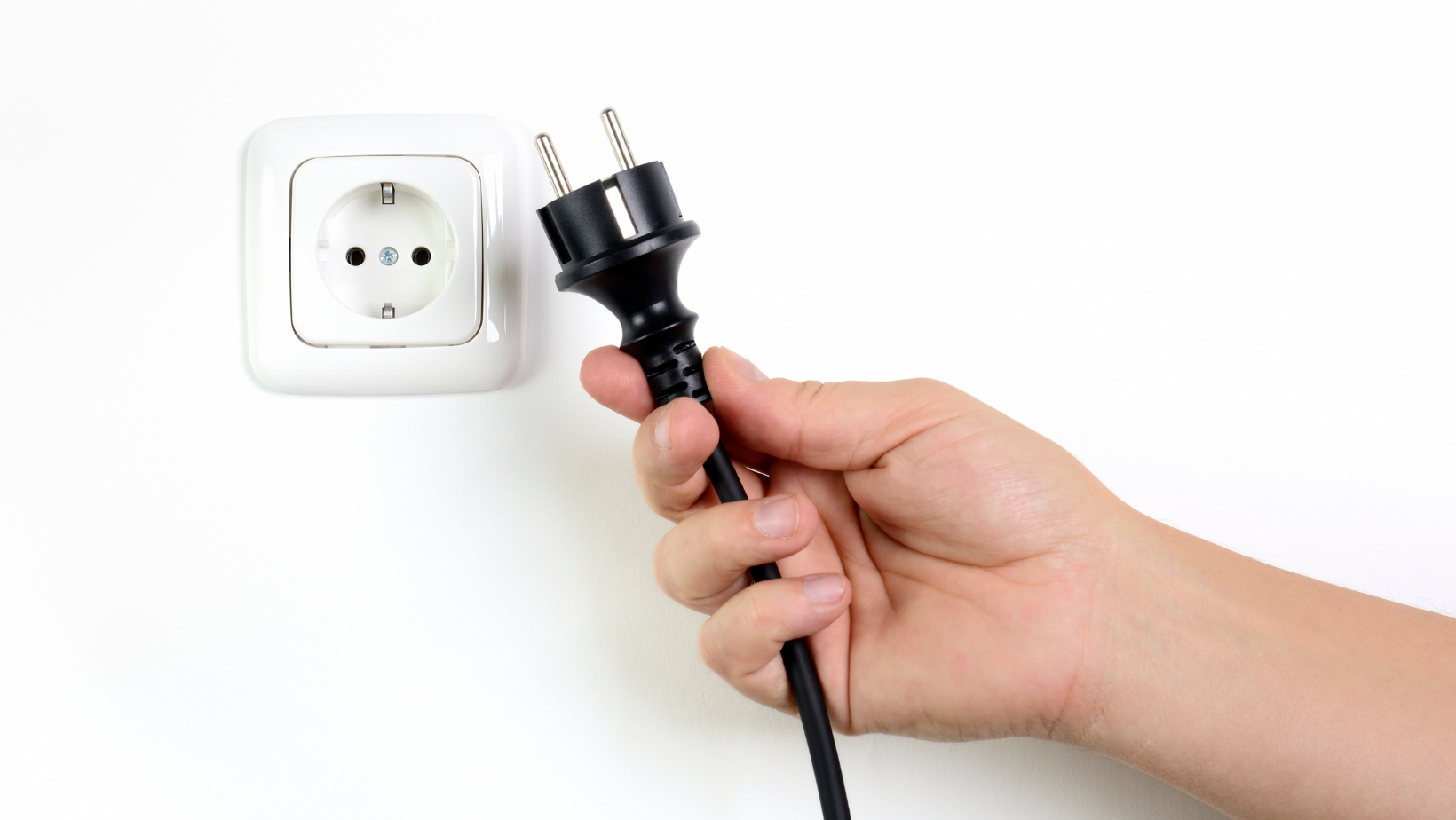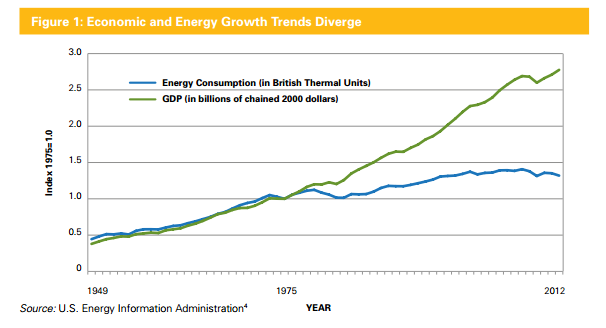It’s not carbon taxes but peak demand that has caused electricity tariffs to increase.
Politically, the electrical transmission and distribution sector was accused of ‘gold plating’ – without recognition that without the ‘gold plating’ power quality would deteriorate. And now you’re paying for it; however, a power quality check-up can materially reduce your electricity bill.
Saving on energy we all understand – limit the kilowatt-hours and lower the electricity cost. The means for reducing consumption have been well documented.
No rocket science is involved – LED lighting, people movement detectors, building management systems (BMS), reducing stand-by power and engineering examples like make-up air in HVAC (heating, ventilation and air-conditioning), preventive maintenance on compressors, condensers and more all help.
So let’s assume all the above measures have been undertaken or are in the process of being actioned. What more can be done?
The answer is plenty – and not necessarily immediately involving capital expenditure (CAPEX). Next, we’ll get to the interesting relationship between power quality, energy and the cost of electricity.
Irrespective of the percentage of cost or profit margin electricity represents in a business, any future proofing strategy you may pursue must take the facts shown in this graph into account.
The graph shows demand in gigawatts for Australia in summer (orange) and winter (blue) for the past 17 years. The fact is that the gigawatt-hours have been close to flat lining because of the closure of industries, as well energy saving measures, and the influence, albeit modest, of solar and wind power.
Demand, the instantaneous stuff as shown in the graph, has peaked but even though lower since 2008/2009, it is still a big headache for poles and wires folk. That is because they need to spend big CAPEX dollars to maintain reasonable power quality (in the first place think of voltage) in the face of peak demand – and peak demand has continued to grow.
Note that the graph shows average values over winter and summer periods and not what happens when, for instance, within minutes extra HVAC switches in. Again, it’s not carbon taxes but peak demand that has caused tariffs to increase.
The cause may have been politically ascribed as ‘gold plating’ by the transmission and distribution industry, but that was without recognition that with no ‘gold plating’ power quality would deteriorate.
What does energy in kilowatt-hours have to do with peak demand and power quality?
So your electricity meters are racking up demand charges that are not necessarily yours. Therefore, we will short circuit the electrical engineering and head for the meter room. You will note that the meters are electronic – no more revolving discs. These meters not only measure your kilowatt-hours, but also your demand in 15-minute blocks in kilovolt-amps (kVA) and this appears on your bill as a separate monthly charge.
The kVA tariff is there to help the poles and wires company amortise its ‘gold plating’ investment. If you can get your kVA down to equal the kilowatts, the chances are you will not cop an additional charge. In practice, however, that is not possible – on the other hand, reduction of demand is entirely possible.
Next is your power quality, which I have already mentioned as having constant voltage. Again avoiding lots of technical babble, back in the 1950s and earlier there was a thing called ‘voltage distortion’, which was close to a meaningless term – not so these days.
Also, back then, the days of bar heaters under desks, the current drawn by a typical consumer, was also without much distortion, if any. Distortion, or harmonics, increases the kVA demand, and it is a critically important factor of power quality. Modern meters do a good job on the task.
Today, though, the current drawn by your building can have significant distortion.
Power quality is affected by useless ‘froth’
This can cost your organisation even though you are not the cause. You can think of distortion, which is caused by just about anything that is plugged in, as useless froth on your drink, but you pay for it nevertheless. That is to say, you pay for it as a result of the meters being able to measure it.
This was not the case 30 years ago. The only kVA demand measured then was basically the additional kVA that had to be catered for because of loads like electric motors.
But there’s more. Your neighbours – and even the poles and wire people themselves depending on where you are located – are preventing you from getting voltage without much distortion.
The result is that the meters in your premises increase the demand kVA, not only by the distortion ‘froth’ your installation creates, but also the stuff that you are not able to do anything about because it is being supplied to you.
What to do?
The short answer is that if you have significant power bills, spend a few dollars to have a proper, extensive power and power quality analysis done. It’s a necessary condition for saving more on power than you are already doing.
It is the only way to have a meaningful chat with your electricity supplier and to get relief on tariffs, but – and it’s a big but – you need hard facts. The power and power quality analysis will also reveal where investment in hardware with good pay-offs in terms of reduction in energy bills can be made – no guesswork but a solid base for future-proofing investments for your business.











 The University of Melbourne has installed a 1150-kVA (kilo volt ampere) voltage optimisation unit for the mechanical services supply of its Law Building.
The University of Melbourne has installed a 1150-kVA (kilo volt ampere) voltage optimisation unit for the mechanical services supply of its Law Building.



